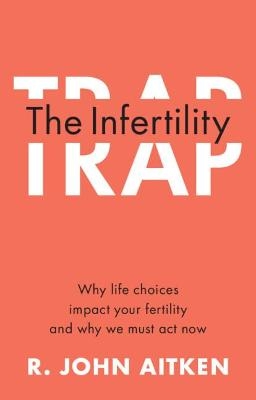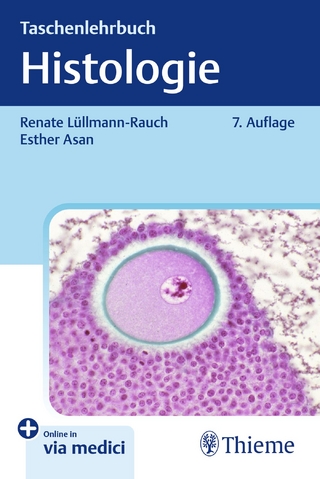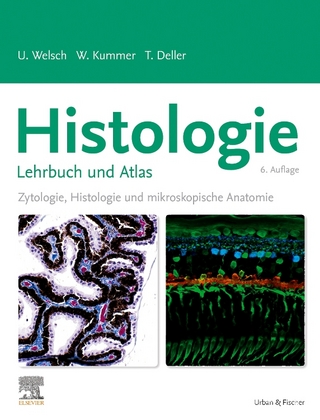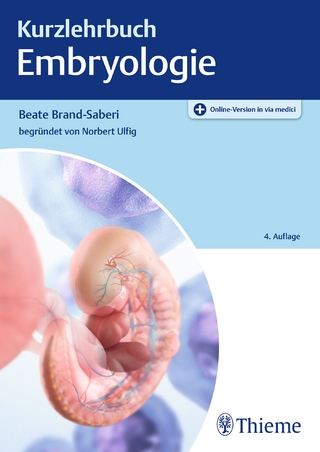
The Infertility Trap
Cambridge University Press (Verlag)
978-1-108-94081-8 (ISBN)
A potential crisis in human fertility is brewing. As societies become more affluent, they experience changes that have a dramatic impact on reproduction. As average family sizes fall, the selection pressure for high-fertility genes decreases; exacerbated by the IVF industry which allows infertility-linked genes to pass into the next generation. Male fertility rates are low, for many reasons including genetics and exposure to environmental toxins. So, a perfect storm of factors is contriving to drive fertility rates down at unprecedented rates. If we do not recognize the reality of our situation and react accordingly, an uncontrollable decline in population numbers is likely, which we'll be unable to reverse. This book will address, in a unique and multi-faceted way, how the consequences of modern life affects fertility, so that we can consider behavioural, social, medical and environmental changes which could reduce the severity of what is about to come.
John Aitken is the highest ranked expert on sperm biology and fertilization in the world (Expertscape). In 2019 the Australian magazine named him as Australia's leading reproductive biologist while a recent ranking of the world's leading scientists by Stanford University ranked him in the top 5 in Obstetrics and Reproductive Medicine. He has won several major awards in reproductive science including the Carl G Hartman Award from the Society for the Study of Reproduction (USA) and the Distinguished Andrologist Award from the American Society of Andrology. In 2012 he was named as NSW Scientist -of-the-Year.
Foreword; Chapter 1; 1.1. Prologue; 1.2. Summary; 1.3. References; Chapter 2; 2.1. A journey into the demographic heart of the matter; 2.2. The shape of world population growth; 2.3. The emergence of infertility; 2.4. Longevity, population momentum and migration; 2.4.1. Longevity; 2.4.2. Longevity, affluence and infant mortality; 2.4.3. GDP and Health: mixed blessings; 2.4.4. Population momentum; 2.4.5. The key role played by migration; 2.4.6. Can China and India save us?; 2.4.7. Can Africa save us?; 2.5. Forecasting an uncertain future; 2.6. Summary; 2.7. References; Chapter 3; 3.1. Female fertility: hostage to affluence, age and the search for self-fulfilment; 3.1.1. The ascent of affluence; 3.1.2. Affluence, infertility and the Malthusian paradox; 3.2. The demographic transition; 3.3. Socio-educational factors and fertility; 3.3.1. Educational drivers for female infertility; 3.3.2. Female education and marriage; 3.4. The intersection of education and reproductive biology; 3.4.1. The fundamental biology of female reproduction; 3.4.2. Age of Menarche; 3.4.3. The reproductive years – over before you know it; 3.5. How the immaturity of human infants shapes our reproduction; 3.6. Reproduction and the care of our offspring; 3.6.1. What is the point of granny and grandad?; 3.7. Marriage – virtue or vestige; 3.8. Importance of adequate sex education; 3.8.1. Why have my eggs forsaken me?'; 3.9. Chromosomal abnormalities and female infertility; 3.10. The IVF industry and maternal age; 3.11. Are there any solutions to age dependent female infertility?; 3.11.1. Oocyte donation; 3.11.2. Oocyte freezing; 3.12. Socio-political issues; 3.12.1. Why would women wed?; 3.12.2. A role for pro-natalist Government policies?; 3.13. Summary; 3.14. References; Chapter 4; 4.1. What is happening to the human male?; 4.2. Testicular cancer; 4.3. Cancer and Opulence; 4.4. Other defects of the male reproductive tract; 4.5. The vexed question of declining sperm counts; 4.6. Possible causes of declining sperm counts; 4.7. Environmental pollution and semen quality; 4.8. Falling testosterone levels and semen quality; 4.9. Summary; 4.10. References; Chapter 5; 5.1. The miracle of conception; 5.1.1. The human spermatozoon; 5.1.2. The timing of insemination; 5.1.3. The ripening of spermatozoa in the female tract; 5.1.4. The complexity of fertilisation; 5.2. Summary; 5.3. References; Chapter 6; 6.1. Why are men infertile?; 6.1.1. Hamsters and human sperm function; 6.2. Oxidative stress and the infertile male; 6.2.1. Reactive oxygen species; 6.2.2. Thaddeus Mann and oxidative stress; 6.2.3. Oxidative stress and DNA damage; 6.2.4. Oxidative DNA damage and mutations on the offspring; 6.3. Genetic causes of male infertility; 6.3.1. Y-chromosome deletion; 6.3.2. Other genetic causes; 6.4. Summary; 6.5. References; Chapter 7; 7.1. The Janus faces of IVF; 7.1.1. Steptoe, Edwards and Purdy: the development of IVF; 7.1.2. ICSI and Male Infertility; 7.1.3. The rise of ICSI; 7.2. Consequences of ART when conducted at scale; 7.3. Negative impacts on IVF on the mutational load carried by children; 7.4. Impact of assisted conception on fertility; 7.5. Summary; 7.6. References; Chapter 8; 8.1. The gathering storm; 8.2. The infertility trap; 8.2.1. Demographic factors; 8.2.2. Social factors; 8.2.3. Economic factors; 8.2.4. Environmental factors; 8.2.5. Evolutionary factors; 8.3. Summary; 8.4. References; Chapter 9; 9.1. How do we escape the trap?; 9.2. Sex Education; 9.3. Remove reproductive toxicants; 9.4. Counter oxidative stress; 9.5. Elevate the status of reproductive toxicology; 9.6. Find ways of working with the IVF industry; 9.7. Engineer social change; 9.8. Summary; 9.9. References; Acknowledgements; Index.
| Erscheinungsdatum | 27.04.2022 |
|---|---|
| Zusatzinfo | Worked examples or Exercises |
| Verlagsort | Cambridge |
| Sprache | englisch |
| Maße | 137 x 215 mm |
| Gewicht | 440 g |
| Themenwelt | Medizin / Pharmazie ► Medizinische Fachgebiete ► Gynäkologie / Geburtshilfe |
| Studium ► 1. Studienabschnitt (Vorklinik) ► Histologie / Embryologie | |
| ISBN-10 | 1-108-94081-1 / 1108940811 |
| ISBN-13 | 978-1-108-94081-8 / 9781108940818 |
| Zustand | Neuware |
| Informationen gemäß Produktsicherheitsverordnung (GPSR) | |
| Haben Sie eine Frage zum Produkt? |
aus dem Bereich


